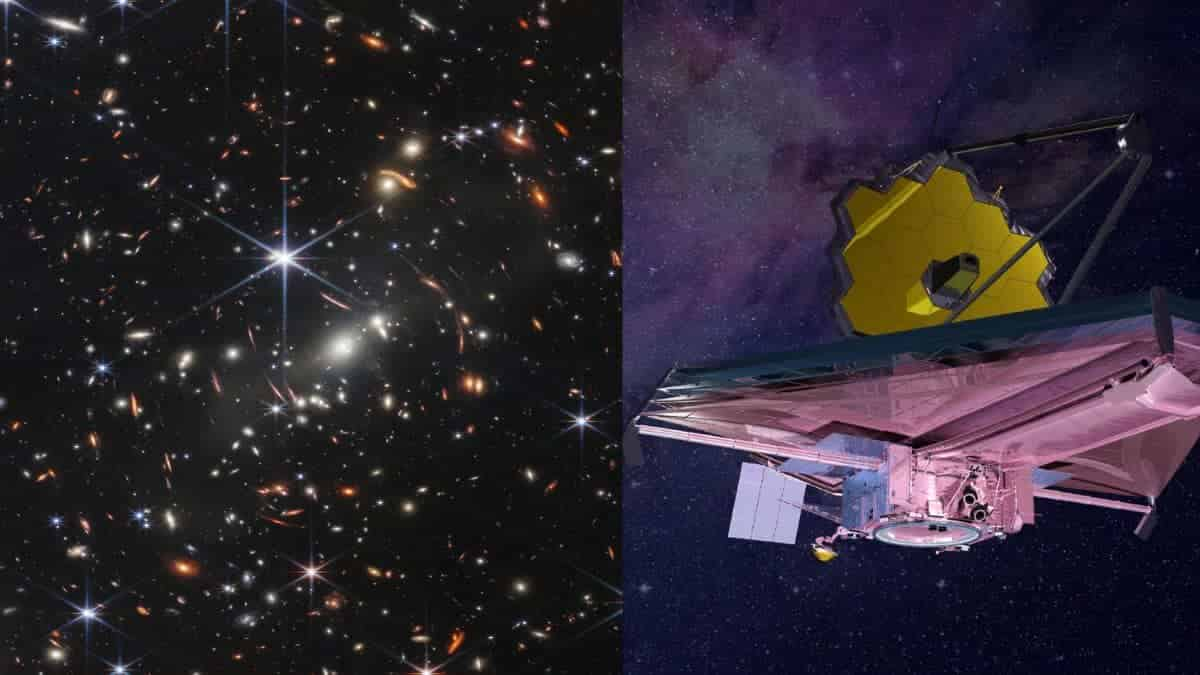How much time did it take for the first image to be developed by James Webb Telescope?

US President Joe Biden released the long-awaited historic first image of the distance Universe from NASA’s James Webb Space Telescope, during a press conference at the White House on July 11, 2022.
The first image consists of thousands of distant galaxies in the constellation Volans. Mr. Biden said that the image documents the oldest source of light coming from ancient galaxies after crossing 13 billion light-years means the light from the galaxies took 13 billion years to reach Earth. Mr. Biden added, “It’s hard to even fathom.” Astronomer Vivian U from the University of California also said, “I’m just amazed..I’m just panning through the image, figuring out what all the smudges are and why they’re there.”
NASA’s James Webb Space Telescope is capable of detecting near-infrared and mid-infrared wavelengths, unlike Hubble Space Telescope. Webb’s telescope can see the light beyond the red end of the visible spectrum with its infrared light penetrating through clouds of dust that can obscure newborn stars. A retired astronomer says, “Webb is not Hubble version 2 ..its really a very different telescope.” The invisible images on Hubble that the telescope couldn’t capture are being detected by Webb.
Galaxies lying far away from Earth can be seen via Webb’s telescope because the expansion of the universe has shifted the light from the visible electromagnetic field to the invisible infrared. Webb’s images capture galaxies at 13 billion light-years away means we are looking at the galaxies during the time of the Big Bang. Sources say that Webb’s first image took only 12.5 hours to compile and produce.
Webb’s telescope can also effectively study lights of various wavelengths interacting with matter via its spectroscopy abilities. Astronomers say that Webb’s telescope can produce infrared spectra of astronomical objects and also can reveal the chemical compound of those objects. A Standford University historian who studies the aesthetic impact of Hubble imagery says, “That’s where some of the really exciting science will happen.”
NASA partnered with the European and Canadian space agencies to construct Webb’s telescope with approximately $1 billion contributions. However, the telescope costs NASA nearly $10 billion to develop the most complex space observatory comes transformational telescope. It has a 6.5-meter-wide primary mirror that had to be launched folded up then opened up like butterfly wings in space. It has a tennis court-sized sun shield made of gossamer and thin layers of aluminum-coated polymer film and it was made deep freeze protected so that it doesn’t stop working in space.
The first images coming from the powerful Webb’s telescope were taken after about 120 hours of thorough observation during the past few weeks and it is all set to be released today July 12, 2022, on the social networking sites of NASA and its official page.

